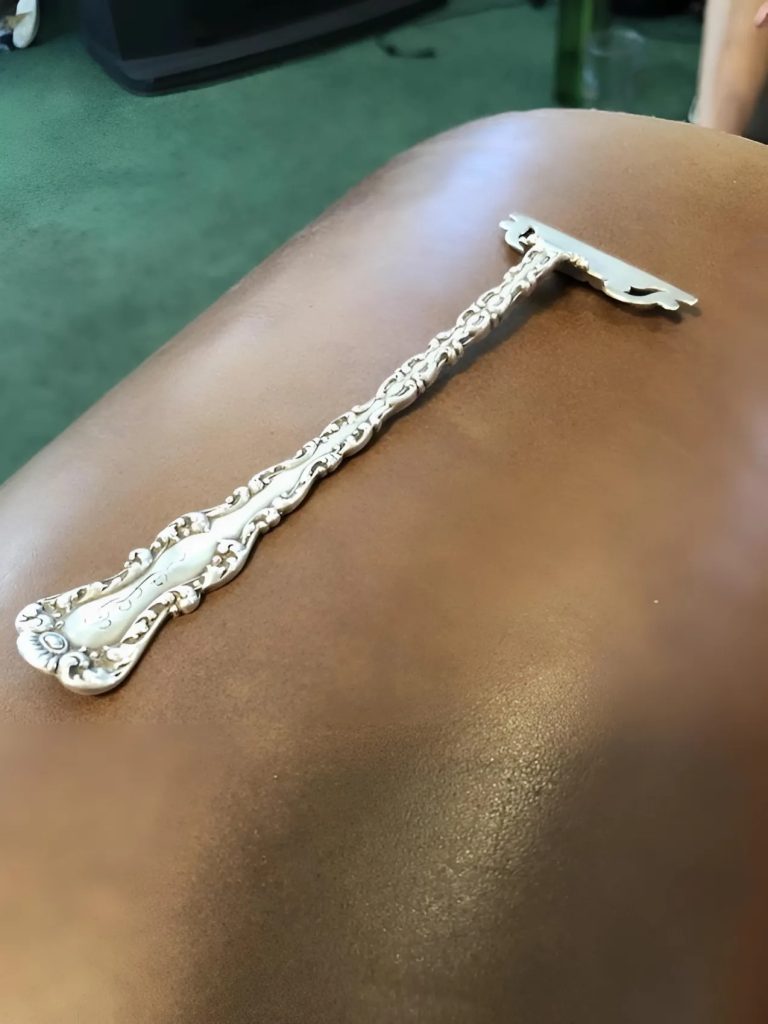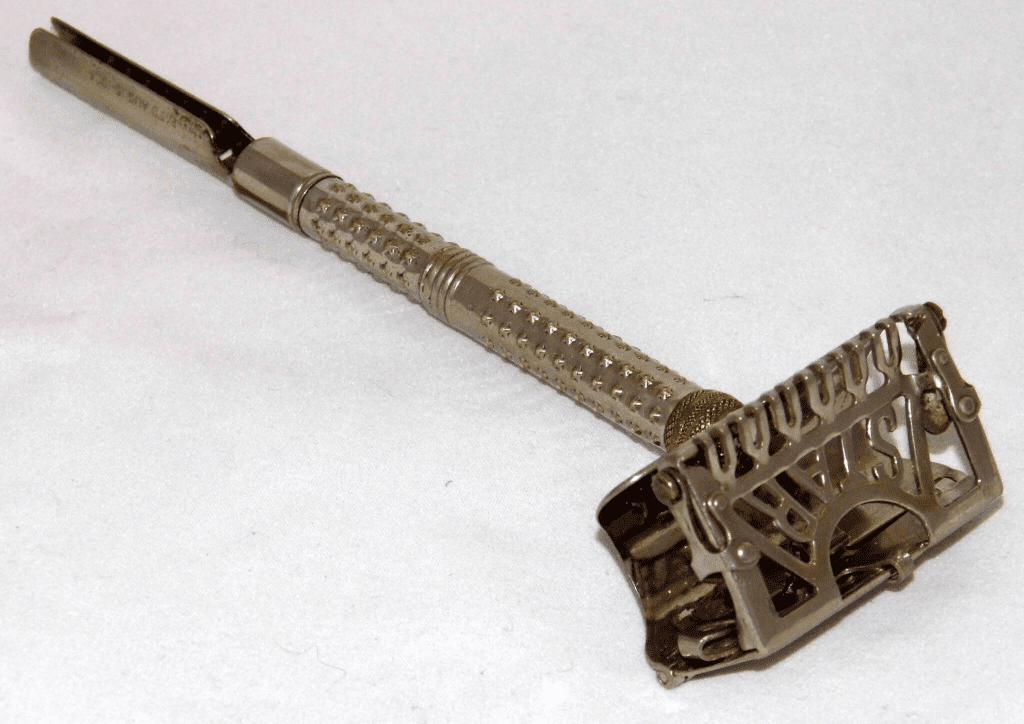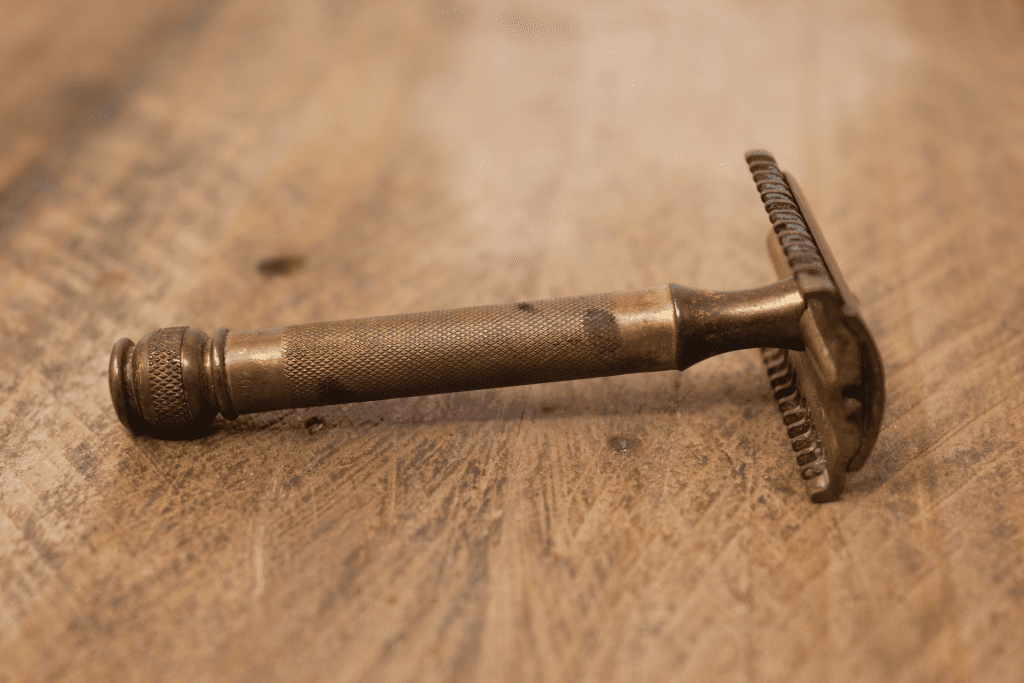Shaving has been an essential part of personal grooming for centuries, but there was a time when safety razors ruled the bathroom cabinets of almost every household. Once a revolutionary invention, this beautifully crafted tool is now a rare sight in the era of electric shavers and disposable razors. But did you know that the safety razor has a fascinating backstory, one filled with innovation, practicality, and even a touch of nostalgia? Let’s take a deep dive into its history, purpose, and why it’s making a surprising comeback today.

The Birth of the Safety Razor: A Game-Changer in Grooming
Before the safety razor came along, shaving was a risky and tedious task. In the 19th century, most men relied on straight razors, also known as “cutthroat razors,” which required skill, precision, and frequent sharpening. Shaving with one of these blades was not for the faint of heart—it was easy to nick or cut yourself, making trips to the barber a necessity for a smooth shave.
Enter the safety razor, an innovation that changed everything. Patented by King Camp Gillette in 1901, this tool was designed to make shaving safer and more accessible for the average person. Unlike the straight razor, the safety razor featured a protective guard that reduced the chances of cuts while allowing for a close shave. Best of all, it used replaceable blades, eliminating the need for constant honing and sharpening.
Why Safety Razors Became a Household Staple
By the early 20th century, safety razors became wildly popular, thanks in large part to mass production and smart marketing. During World War I, the U.S. military issued safety razors to soldiers, further cementing their place in everyday life. After the war, millions of men continued using them, making the safety razor the gold standard of shaving for decades.
The appeal was clear:
✔️ Easy to Use – No special skills were needed to operate it.
✔️ Safer Than Straight Razors – The guard prevented deep cuts.
✔️ Affordable & Convenient – Replaceable blades meant no maintenance.
✔️ Durable – Many were made from sturdy metals like brass and stainless steel.
The Decline: How Disposable Razors Took Over
Despite their dominance, safety razors began to fade from mainstream use in the late 20th century. The culprit? The rise of disposable razors and multi-blade cartridge razors, pioneered by the same company that once championed the safety razor—Gillette.

With aggressive advertising campaigns, razor companies convinced consumers that more blades meant a better shave. Convenience trumped tradition, and the safety razor was slowly pushed to the sidelines. By the 1980s, most households had switched to plastic razors, which were marketed as cleaner, faster, and easier to use.
Why Safety Razors Are Making a Comeback
Fast forward to today, and safety razors are experiencing a resurgence. Why? People are rediscovering their quality, sustainability, and cost-effectiveness.
🔥 Eco-Friendly Alternative – Disposable razors contribute to plastic waste, while safety razors last a lifetime with only the blades needing replacement.
💰 Cost-Effective – A high-quality safety razor may cost more upfront, but the long-term savings are significant since replacement blades are much cheaper than cartridges.
🧼 Closer & More Comfortable Shave – Many users swear by the single-blade design, which reduces irritation and razor bumps compared to multi-blade razors.
🕰️ Timeless Appeal – Let’s face it, safety razors look cool. There’s something undeniably classy about using a well-crafted, vintage-inspired razor.

How to Use a Safety Razor Like a Pro
If you’re thinking about making the switch, here’s how to master the art of shaving with a safety razor:
1️⃣ Prepare Your Skin – Always start with warm water to soften your facial hair. Using a good shaving cream or soap also helps.
2️⃣ Go Slow & Steady – Unlike disposable razors, a safety razor doesn’t require pressure. Let the weight of the razor do the work.
3️⃣ Use Short Strokes – Shave in small, controlled strokes for precision.
4️⃣ Rinse Often – Keep the blade clean by rinsing it frequently.
5️⃣ Finish with Aftershave – A good aftershave soothes the skin and prevents irritation.
Final Thoughts: A Classic Tool Worth Rediscovering
The safety razor isn’t just a relic of the past—it’s a superior shaving tool that deserves a spot in modern grooming routines. While it may have been overshadowed by disposable options for a time, its durability, affordability, and eco-friendliness are winning people over once again.
So, if you’re tired of overpriced cartridges and wasteful plastic razors, why not go old school? The safety razor might just be the best shaving decision you’ll ever make.